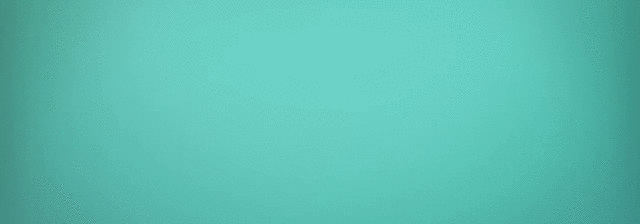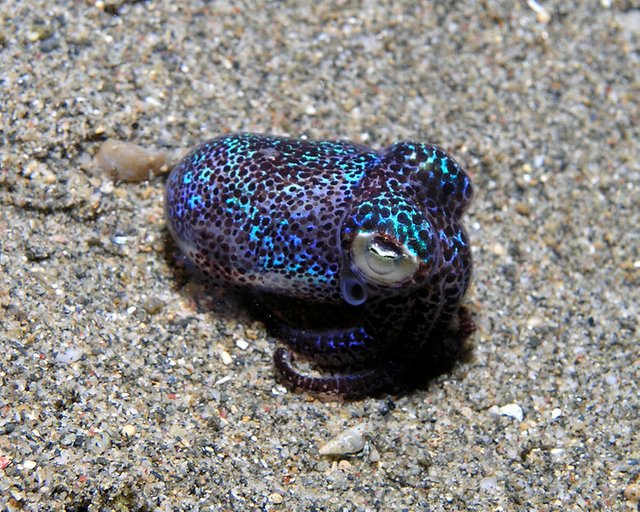Could light from nature be an end to light pollution and the insane electric bills?
There has been an increasing urge to reduce the effects of light pollution currently occurring in major cities. People complain of the artificially-lit portions of the town at night.
NASA in conjunction with the National Oceanic and Atmospheric Administration are the groups that created Visible Infrared Imaging Radiometer Suite (VIIRS). The VIIRS is an imaging suite onboard the National Polar-orbiting Partnership or Suomi NPP weather satellite.
The VIIRS takes images during the day and night to have a better understanding of the weather as human's growth and impact on the earth. But recently the photos gotten by the VIIRS shows a somewhat brighter night with each passing year.
[Image courtesy of NASA/NOAA]Source: A flat map image of the entire earth land surface at night, taken over nine days (in April 2012) and 13 days (in Octobr 2012)
Take a look at this picture of Paris taken by night on April 8, 2015, by Astronauts onboard the International Space Station. You could see how illuminated the city was, little wonder they call Paris "The City of Light."
[NASA]Source: Paris night picture taken from space
France’s minister for energy, environment and sustainable development, Delphine Batho, was in the forefront to push the law that outlawed shop lightning between 1 am and 7 am from July 1st. 2013.
This regulation was in a bid to save energy (about two terawatts/hours) which is enough power for 750,000 homes and also to prevent light pollution.
But Glowee a new startup company founded by 27-year old Parisian Sandra Rey may be able to help with the help of her company's genetic engineering.
The company make lights through the use of bioluminescence.
Bioluminescence is the process through which living things through a biochemical reaction to produce sparkling light much the same way many marine animals such as algae, jellyfishes, squids, shrimps, produce light at night.
The companies plan to produce long-lasting softly glowing lights which is similar to natural night lights to find a way around the ban.
The Technology
The blue-green luminescence given off by the majority of the aquatic organisms is what the company plan on harnessing.
But instead of getting the bigger aquatic creature, it opted for the bioluminescent back for obvious reasons of size and workability.
The name of the bacteria of choice is Aliivibrio fischeri bacteria.
Gene Editing
The bacterial luminescence of Aliivibrio fischeri bacteria is best at keeping the squid safe from predators at the ocean floor. The chemical reaction that produces light happens all through the lifespan of the bacteria.
But controlling the bacteria will be too complication once it is extracted out of the sea due to the different condition, eg due to the change in the pressure, the temperature of its former home, etc. Another problem is light is not always produced by the bacteria. It creates this light "on demand" when its host wants to hide or hunt.
To solve these problems, they used DNA information gotten from the Aliivibrio fischeri to edit the genes of E.coli bacteria to make it glow. Most strains of e-coli are harmless 1
The Aliivibrio fischeri bacteria lives in bobtail squid's mantle in a symbiotic relationship where the bacteria provide light under the squid and makes a camouflage hiding the squid's silhouette from predators in exchange for sugar and amino acid solution on which the squid feeds the bacteria.
Replication the deep ocean condition of the natural home of this Aliivibrio fischeri bacteria was difficult. Instead, the startup opted to tracer the gene code of Aliivibrio fischeri bacteria gene sequence via synthetic biology to the common E-coli bacteria which can survive optimally here.
The bioluminescent bacteria is placed in a transparent container that has oxygen and a gel nutrient to serve as its food. As it nibbles away, it behaves the same way as in the wild by giving off light. This tiny pocket of light provides illumination.
The major challenge faced by the company is how to sustain the duration of the light it gives.
Their first attempt only yields some few seconds of illumination.
The development team had to alter the DNA of the bacteria to provide a more intense light.
Another challenge is the duration. The longest time the light could last currently is three days. That is the time it takes the bacteria to run out of the nutrients.
The lights can be developed into any shape from window lightning to other forms of street light, etc.
But to go more ahead on its development they need money.
So far Glowee – which has raised €1.7 million (£1.4m) from backers including the state-owned utility which operates France's electricity network – has created installations for luxury-goods conglomerate LVMH and management consultants BCG. Rey plans to create lights for French retailers, which since 2013 have been banned from lighting windows between 1 am, and 7 am. The Wired
If this technology is fully developed, it will replace 19% of electricity use with a resulting reduction in 5% pollution in greenhouse gas emission.
The attempt by this small startup is worthy of emulation/support as there is nature at work here with zero electricity as we know it.
References
- Glowee Squid Power
- Aliivibrio fischeri
- Bioluminescence
- Glowee
- Wikipedia: Bobtail squid
If you write STEM (Science, Technology, Engineering, and Mathematics) related posts, consider joining #steemSTEM on steemit chat or discord here. If you are from Nigeria, you may want to include the #stemng tag in your post. You can visit this blog by @stemng for more details. You can also check this blog post by @steemstem here and this guidelines here for help on how to be a member of @steemstem.





This technololy will definitely reduce polution and greenhouse. Thank you for this information.
Good work bro its really an epic contribution to this platform. I like your post
You are most welcome. Keep steeming.
I love this post. Management has a role to play here.
Ok.
VERY NICE PICTURE.
I like the pictures too.
My Mr Technology....
Well done sir...
Wonderful post as usual.
Thanks
Wonderful Invention breaking out. If this become a full blown reality, it will be a great progression for a greener world.
Enlightening article@greenrun
Thanks a lot.
3 days before the E.coli run out of nutrients, but can't they just give them more nutrients? why is this a problem? Do they produce light 24/7 and die after 3 days because of nutrient depletion?
I'm guessing the light will come with everything intact. You just won't be going back to the labs after every three days to get some nutrient added.
So you need a tiny light ecosystem to renew all the nutrients and resources for the e.coli... that's a pretty neat idea, hard to do, but really cool, keep us updated on this, i would love to get some bioluminescent light for my home
From the sound of it the container probably needs to be pressurized to replicate the conditions of the deep sea or the critters die. If that's the case, opening the container to add food would depressurize it and kill the critters.
Another guess - they would have to be genetically programmed to provide light all the time. I think it might be even more complicated to make them 1st light sensitive then make the sensitivity produce light for the correct condition (when it's light or when it's dark).
This is a great technology in embryo. I believe that if this fully take effect,There will definitely be a reduction in the hazard generated from light.
The major constraint here is cost.
Once they could get it up and running, the sky is the limit to what could be achieved when nature meets technology. Thank you.
These pictures are beautiful and lovely... I truly love seeing this kinda things, thanks for feeding my eyes with these amazing beauties...thanks for sharing....
Thanks for seeing the beautiful pictures.
what a creativity!!